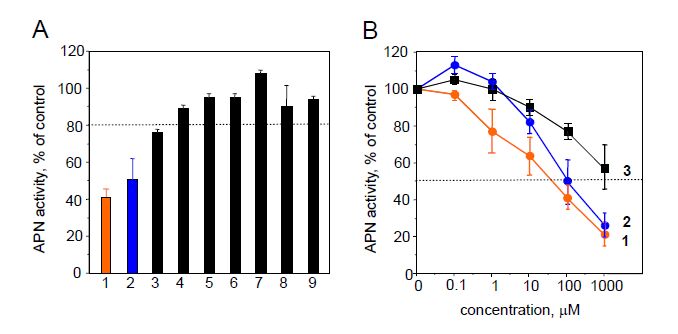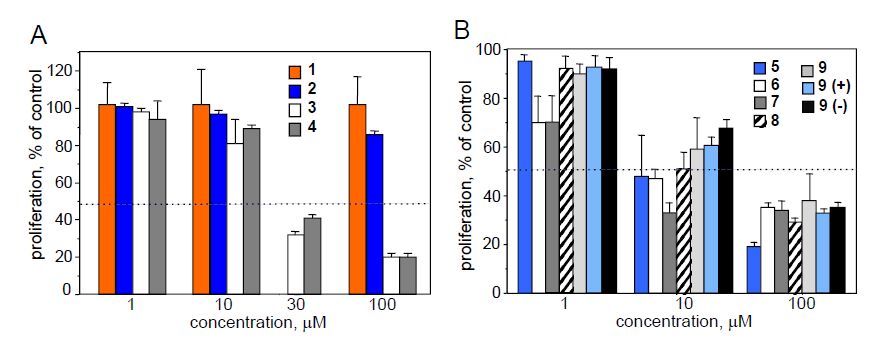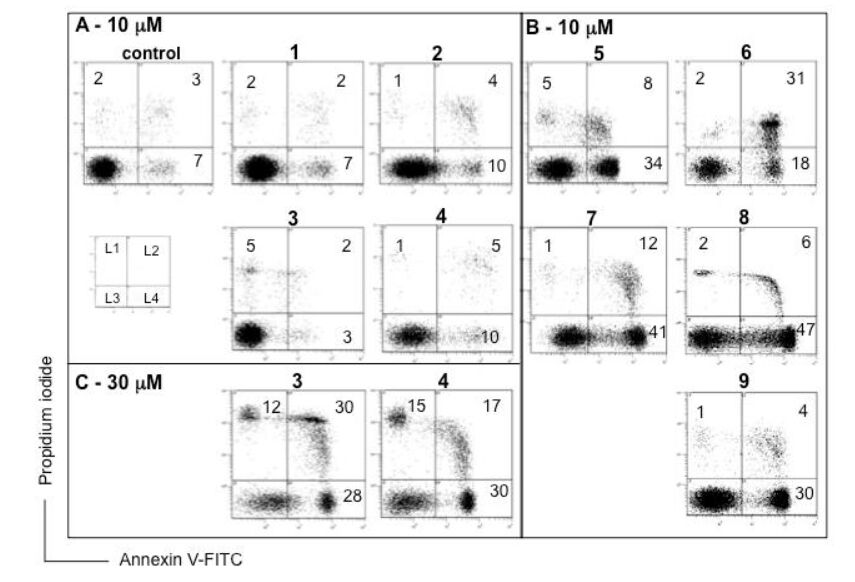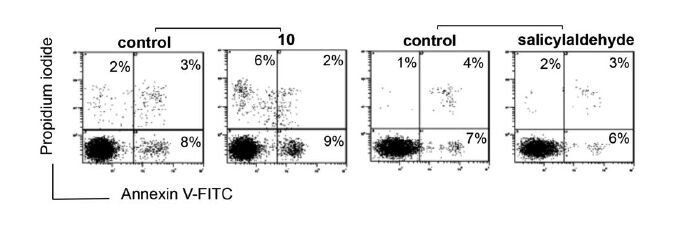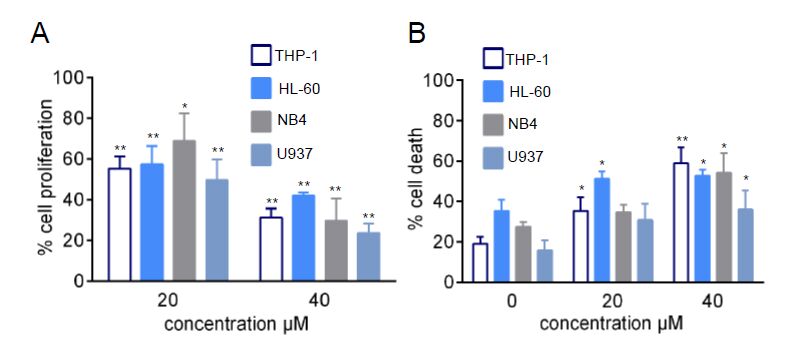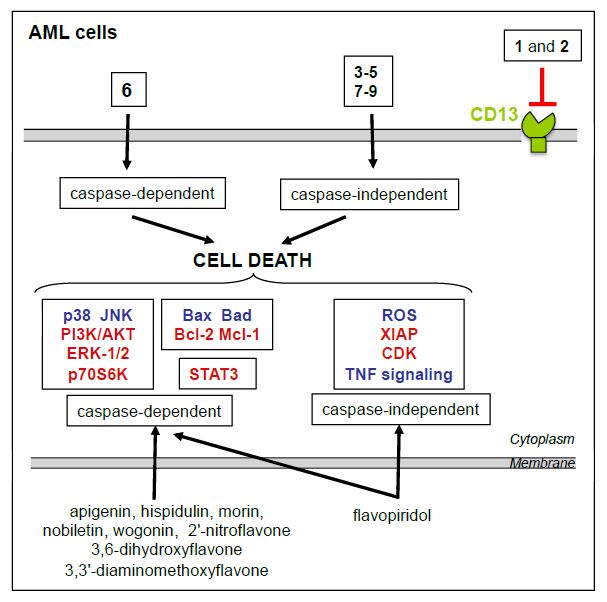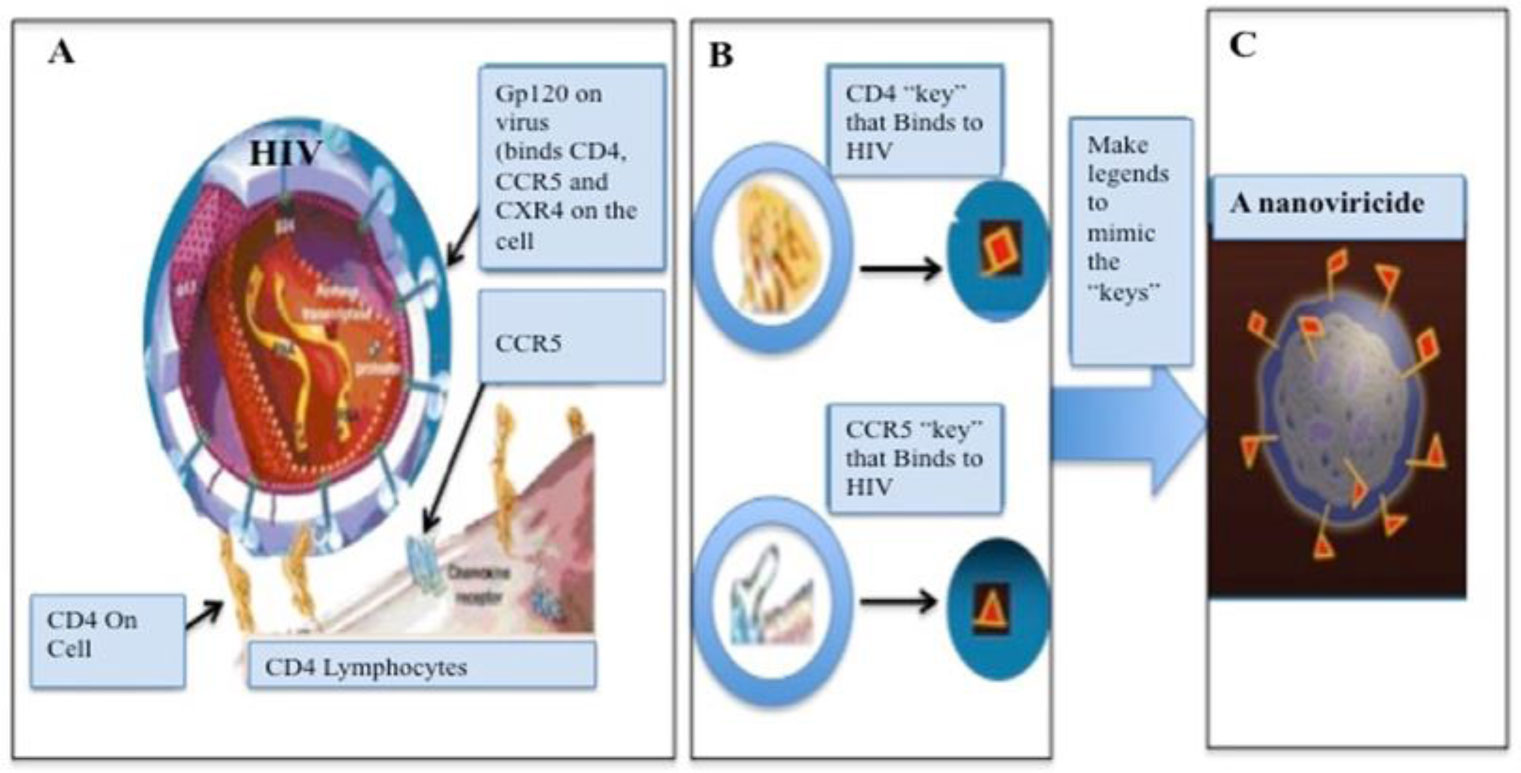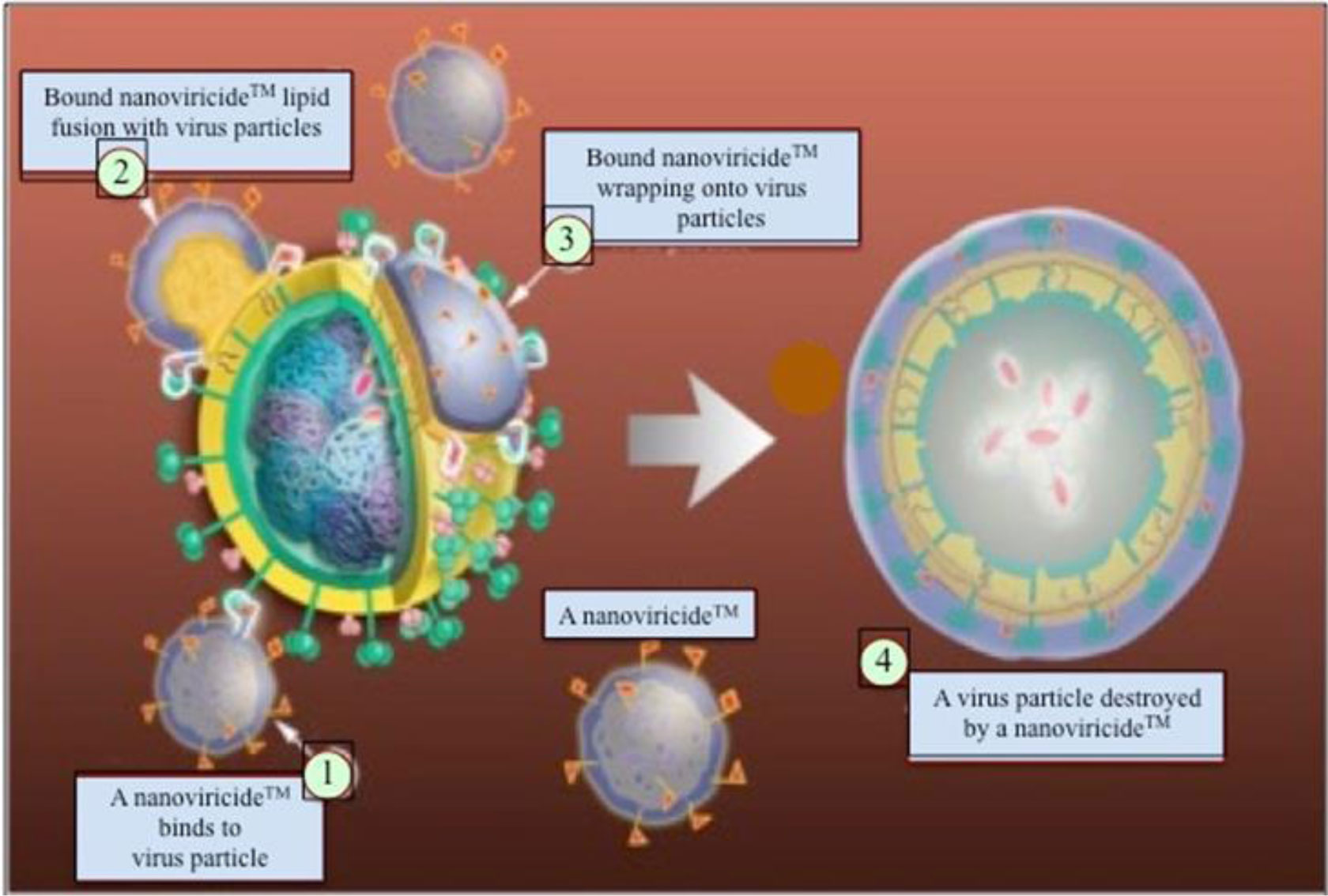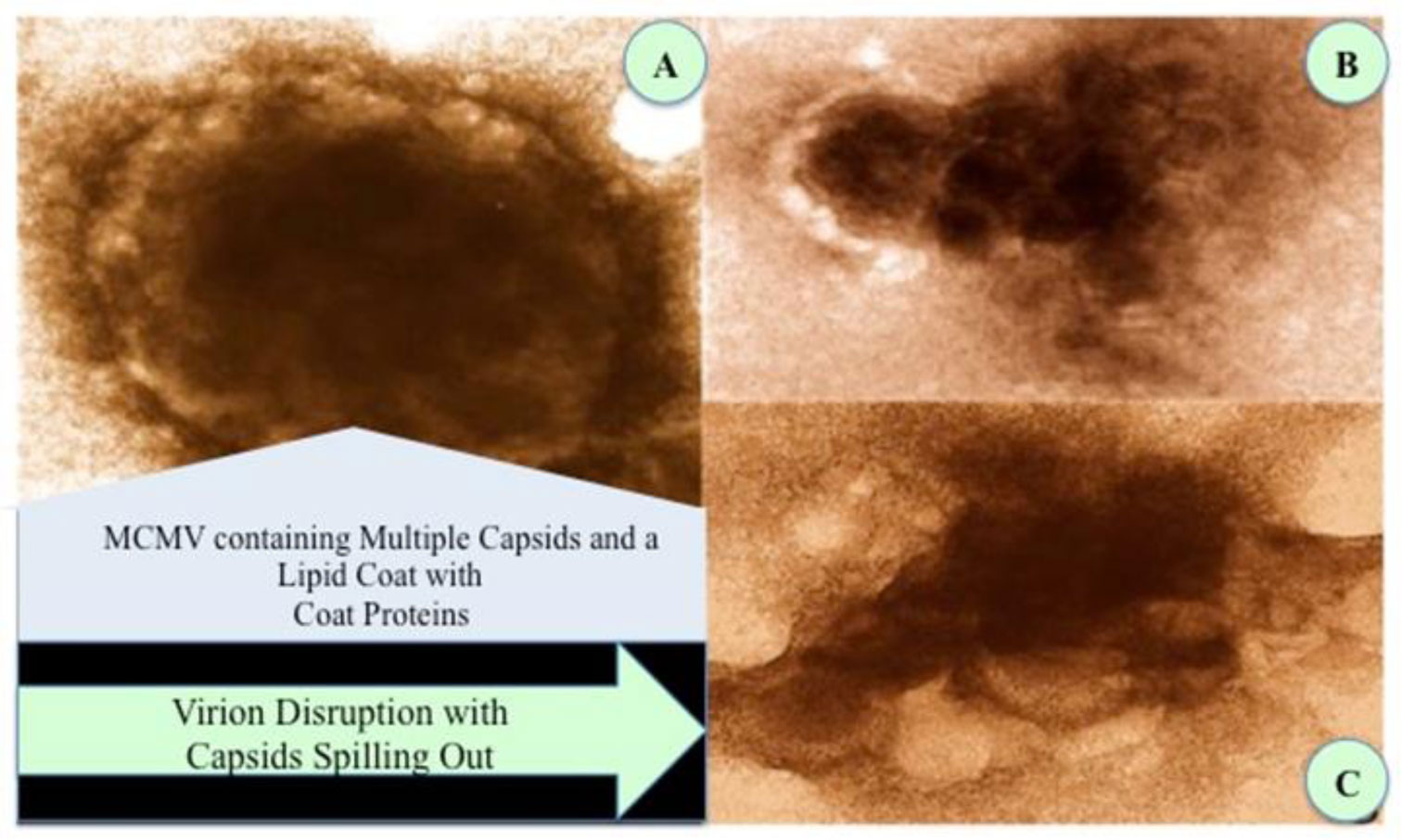1. Introduction
Acute myeloid leukemia (AML) is a clinically and genetically heterogeneous hematopoietic cancer characterized by the clonal expansion and accumulation of immature myeloid precursors in the marrow and blood [1,2]. Leukemia cells are unable to undergo growth arrest, terminal differentiation and death in response to appropriate environmental stimuli [1,2]. The conventional chemotherapeutic approach to treatment of AML patients is based on a combination of an anthracycline with cytarabine [1,2]. However, AML remains a challenging disease in the clinic because patients are either refractory to front-line therapy or subsequently relapse [2]. Thus, the development of new compounds directed against leukemia-specific targets is needed to increase the cure rate in AML patients exhibiting chemoresistance and poor outcomes. A range of drug candidates (including tyrosine kinase inhibitors, farnesyltransferase inhibitors, histone deacetylase inhibitors and deoxyadenosine analogues) are now in clinical development [1,2]. Other approaches are based on the identification of compounds capable of inducing cell death, which is impaired in AML cells.
A survey of the literature of natural compounds indicates that flavonoids may play a critical role in cancer progression by interfering with cell proliferation and survival [3,4,5,6,7,8,9]. Flavonoids can be classified into several classes including flavones [6,10]. The synthetic flavone flavopiridol has been shown to induce death in human AML cell lines [11,12,13] and has been evaluated in Phase I clinical trials in relapsed/refractory AML [14,15,16,17]. Modest antileukemic activity has been observed, although most patients experience side effects such as short-duration neutropenia, diarrhoea, cytokine release syndrome and fatigue [15,16,17]. Novel active compounds with less side-effects are thus required.
We previously reported the synthesis of novel flavone-8-acetic acid derivatives [18,19]. The 3,3'-diamino-4'-methoxyflavone was shown to induce caspase-dependent apoptosis of AML cell lines [20]. As a novel proteasome inhibitor, 3,3'-diamino-4'-methoxyflavone targets Bax activation and the degradation of caspase-3 substrate P70S6K during AML apoptosis [20]. We also identified the 2', 3-dinitro flavone-8-acetic acid (compound 1) as a non-cytotoxic inhibitor of aminopeptidase-N (APN) activity [18] carried by the antigen CD13 in human AML cell lines [21,22]. CD13 is a useful marker in AML, being strongly expressed on stem cells and blasts in all AML subtypes [23,24]. Studies highlighted CD13 as a potential drug target in AML [22,25,26]. In contrast to 3,3'-diamino-4'-methoxyflavone, compound 1 did not affect AML U937 cell survival thus suggesting that substitutions with amine and methoxy groups in 3,3'-diamino-4'- methoxyflavone are important for conferring its pro-apoptotic activity [20].
With the above in mind, we undertook a study to evaluate the in vitro efficacy of a large series of new flavonoid derivatives (related to 1) (113 molecules collected in the chemical library of Curie Institute, Paris, France) on human cell lines representative of AML. We sought to determine whether these molecules have potential drug activity in AML disease based on differential effects observed on APN/CD13 inhibition, antiproliferative and cell death properties. We report herein the effects of 8 flavonoids selected on these tumour-related processes of AML cells.
2. Materials and methods
2.1. Chemistry
Compounds 1 and 5 were synthesized as described in [18,27].Compounds 9 and 10 were prepared according to a previously published procedure [28,29,30,31]. The synthesis of the gem-chloronitro dérivative 6 was reported in [31]. Analytic and preparative separation of the two enantiomers of the racemic (±) 9 were carried out by HPLC using Chiralpak IA as the stationary phase and a mixture chloroform/hexane (9/1) as eluent. Products were detected by UV at 254 nm and circular dichroism at 254 nm. Salicylaldehyde was purchased from Sigma (St Louis, MO, USA). The novel carboxylic acids 2-4 were prepared as a racemic (2R*, 3S*), (2S*, 3R*) mixture on a 2 mmol scale starting from the convenient 8-allyl derivative by oxidation with sodium periodate in the presence of ruthenium(III) chloride hydrate according to a formerly described methodology [18,27]. The so far unknown chloronitrochromanol 8 was synthesized on a 5 mmol scale as a racemic (2R*, 3R*, 4R*), (2S*, 3S*, 4S*) mixture conforming to an already reported procedure [18,27]starting from the hitherto undescribed (Z)-4-Benzyloxy-1- (2-chloro-2-nitroethenyl)-3-iodobenzene (see physicochemical description below) and salicylaldehyde. The structures of the tested compounds are detailed in Figure 1.
Melting points were measured on a Köfler hot stage apparatus and are uncorrected. Infrared spectra were obtained using a Perkin-Elmer spectrum 65 FT-IR spectrometer. The 1H-NMR (300 MHz) were recorded on a Varian AC 300 spectrometer. Chemical shifts are expressed as parts per million downfield from tetramethylsilane. Splitting patterns have been designated as follows: s (singlet), d (doublet), dd (doublet of doublet), t (triplet), dt (doublet of triplet), m (multiplet), br. (broad signal). Coupling constants (J values) are listed in hertz (Hz). Mass spectra were obtained with a Nermag-Ribermag R10-10C spectrometer applying a desorption chemical ionization technique using ammonia as the reagent gas. The purity of the tested products was greater than 97% as judged by HPLC analysis.
2-[6-Methoxy-3-nitro-2-(2-nitrophenyl)-4-oxo-4H-chromen-8-yl]acetic acid (2):
Yield 73%; mp 216-217 °C recrystallized from toluene as pale yellow microcrystals. IR νmax (cm−1): 1711, 1669, 1532, 1516, 1474, 1342, 1191, 1142. 1H NMR (DMSO-d6) δ: 3.77 (s, 2H, ), 3.92 (s, 3H), 7.51 (d, 1H, J = 2.3 Hz), 7.56 (d, 1H, J = 2.3 Hz), 7.92-8.08 (m, 3H), 8.44 (d, 1H, J = 7.5 Hz), 12.50 (s, 1H, exchangeable with D2O). MS (m/z): 401 (M + H)+, 418 (M + NH4)+.
[3-Chloro-2-(3-nitrophenyl)-3-nitro-4-oxo-chroman-8-yl]acetic acid (3):
Yield 79%; mp 217-219 °C recrystallized from toluene as white microcrystals. IR νmax (cm−1): 1709, 1577, 1533, 1477, 1455, 1351, 1279, 1223, 1215, 1189, 1073. 1H NMR (DMSO-d6) δ: 3.68 (d, 1H, J = 16.7 Hz), 3.77 (d, 1H, J = 16.7 Hz), 7.13 (s, 1H), 7.36 (t, 1H, J = 7.7 Hz), 7.81-7.92 (m, 3H), 7.96 (dd, 1H, J = 8.0 and 1.5 Hz), 8.26 (br. s, 1H), 8.41 (dt, 1H, J = 7.5 and 2.0 Hz), 12.49 (s, 1H, exchangeable with D2O). MS (m/z): 407-409 (M + H)+.
[3-Chloro-2-(2-nitrophenyl)-3-nitro-4-oxo-chroman-8-yl]acetic acid (4):
Yield 81%; mp 186-188 °C recrystallized from toluene as white microcrystals. IR νmax (cm−1): 1716, 1572, 1532, 1471, 1456, 1353, 1282, 1225, 1190, 1069. 1H NMR (DMSO-d6) δ: 3.66 (d, 1H, J = 16.8 Hz), 3.74 (d, 1H, J = 16.8 Hz), 7.26 (s, 1H), 7.35 (t, 1H, J = 7.7 Hz), 7.82 (d, 1H, J = 7.7 Hz), 7.84 (dt, 1H, J = 8.0 and 1.2 Hz), 7.94 (br. d, 1H J = 8.0 Hz), 7.95 (dt, 1H, J = 7.8 and 1.0 Hz), 8.06 (dd, 1H, J = 8.0 and 1.2 Hz), 8.07 (dd, 1H, J = 7.7 and 1.2 Hz), 12.45 (s, 1H, exchangeable with D2O). MS (m/z): 407-409 (M + H)+.
8-Allyl-2-[4-(benzyloxy)-3-iodophenyl]-3-chloro-3-nitrochroman-4-ol (7):
Yield 71%; mp 149-150 °C, recrystallized from a benzene/heptane mixture as pale yellow crystals. IR νmax (cm−1): 3601, 1596, 1560, 1497, 1491, 1452, 1388, 1336, 1313, 1293, 1280, 1257, 1209, 1154, 1108, 1092, 1056, 1044, 1023, 902. 1H NMR (CDCl3) δ: 2.41 (d, 1H, J = 12.2 Hz exchangeable with D2O), 3.19-3.34 (m, 2H), 5.03 (dd, 1H, J = 17.0 and 1.5 Hz), 5.10 (dd, 1H, J = 10.1 and 1.5 Hz), 5.17 (s, 2H), 5.72 (s, 1H), 5.87-6.00 (m, 1H), 5.99 (d, 1H J = 12.2 Hz), 6.83 (d, 1H, J = 8.6 Hz), 7.07 (t, 1H, J = 7.6 Hz), 7.21 (br. d, 1H, J = 7.6 Hz), 7.31 (dd, 1H, J = 8.6 and 2.1 Hz), 7.33-7.45 (m, 4H), 7.48 (br. t, 2 H, J = 7.0 Hz), 7.69 (d, 1H, J = 2.1 Hz). MS m/z: 578-580 (M + H)+, 595-597 (M + NH4)+.
(Z)-4-Benzyloxy-1-(2-chloro-2-nitroethenyl)-3-iodobenzene:
Yield 62%; mp 134-135 °C, recrystallized from a benzene/heptane mixture as yellow crystals. IR νmax (cm−1): 1615, 1584, 1525, 1482, 1455, 1382, 1296, 1259, 1207, 1163, 1038, 974. 1H NMR (CDCl3) δ: 5.26 (s, 2H), 6.94 (d, 1H, J = 8.7 Hz), 7.32-7.53 (m, H), 7.85 (dd, 1H, J = 2.1 and 8.7 Hz), 8.27 (s, 1H), 8.36 (d, 1H, J = 2.1 Hz). MS m/z: 416-418 (M + H)+, 433-435 (M + NH4)+.
The tested compounds were stored at −20 °C as DMSO stock solutions (100 mM).
2.2. Human AML cell lines and cell culture
The AML cell lines U937 (CRL-1593.2), THP-1 (202-TIB) and HL-60 (240-CCL) cells were purchased from American Type Culture Collection (ATCC). NB4 cells were obtained from Dr. Michel Lanotte’s laboratory (Hôpital Saint-Louis, Paris, France) [32]. According to the French-American-British (FAB) Committee’s cytological criteria, these AML cell lines were subdivided into FAB subgroups: M2/myeloblastic with maturation (HL-60), M3/promyelocytic (NB4) and M5/monoblastic (U937, THP-1). The cell lines were phenotyped for CD11b, CD11c, CD15, CD44, CD13, tested for mycoplasm every 4 months, and used within 3-10 passages. Cells were cultured in complete RPMI 1640 medium supplemented with 5% heat-inactivated fetal calf serum (FCS, Gibco, Paisley, Scotland, LPS levels < 0.1 ng/mL) or 10% (THP-1), 2 mM L-glutamine, 1 mM sodium pyruvate and 40 mg/mL gentamycin (Gibco) in a 5% CO2humidified atmosphere at 37 °C [33]. For every experiment, cells were harvested in log-phase proliferation. Cells (1 × 105/mL) were treated with various concentrations (10−7-10−3M) of flavonoid derivatives for 3 days. In negative control experiments, cells were treated with the appropriate volume of DMSO (vehicle) used to dissolve these molecules in the corresponding experiments.
2.3. Cell viability and proliferation
The proliferation of cell lines was evaluated by counting the number of viable cells (with diameters ranging from 9 to 14 µm) and dead cells (diameters ranging from 4 to 9 µm) in a Coulter Multisizer (Beckman-Coulter, Villepinte, France). All cultures were performed in triplicates.
2.4. Detection of cell death by flow cytometry
Cell death was assessed by using the Annexin-V-FITC/propidium iodide (PI) detection cell death kit (Beckman-Coulter), according to the manufacturer’s instructions. Phosphatidylserine externalization was quantified by the specific binding of FITC-conjugated annexin-V, and cell membrane disruption was quantified by PI labelling. Stained cells (20,000) were analyzed with a flow cytometer (Beckman-Coulter).
2.5. APN activity assay
APN activity at the surface of intact cells (3-5 × 106/mL) was assayed as previously described [34] using Ala-para-nitroanilide (Ala-pNA, Sigma, Chemical Co, St Louis, MO)(1 mg/mL) as a substrate of APN hydrolytic activity. Formation of pNA was recorded at 405 nm. Results were expressed as nmoles of pNA formed per 105 cells for 30 min at 37 °C. The remaining activity in the presence of tested compounds was expressed as the percentage of the control activity with DMSO.
2.6. Statistics
Data are presented as the mean ± SD from N independent experiments. Statistical analysis was performed using the ANOVA test to compare test and control groups. The threshold for statistical significance was set to p < 0.05.
3. Results
3.1. Effects of compounds on APN/CD13 activity of U937 cells
Surface CD13 is overexpressed on AML (monoblastic M5) U937 cells [24]. Our previous study evidenced compound 1 as a specific inhibitor of APN/CD13 in U937 cells, and emphasized the importance of the NO2 group in the 3-position and the CH2COOH group in the 8-position of the benzyl ring for efficient inhibition of APN activity [18]. Herein, we first assessed the ability of compounds 1-9 (100 mM) to inhibit APN/CD13 enzymatic activity expressed by intact U937 cells (Figure 2A). Our results indicated that compound 2 (with a methoxy group in the 6-position) was still capable of inhibiting APN activity (Figure 2A). In contrast, compounds 3-6 which possess geminal NO2 and Cl group in the 3-position of the 2H-1-benzopyran ring, were without inhibitory effect on APN activity (Figure 2A) confirming the importance of the NO2 group at the 3-position. The other substitutions in the 8-, 2'-, 3'- and 4'-positions (compounds 3-6) did not affect APN activity (Figure 2A). Similarly, compounds 7-9 (also built on the 2H-1-benzopyran scaffold) exibited no significant effects on APN activity (Figure 2A). The IC50 values of APN activity inhibition for compounds 1 and 2 are about 50 mM and 100 mM respectively (Figure 2B), emphazing the importance to keep unsubstituted the 6-position. The other AML cell lines HL-60 (myeloblastic, M2), NB4 (promyelocytic, M3) and THP-1 (monoblastic, M5) express surface CD13 [26]; compounds 1 and 2 were also capable of inhibiting APN/CD13 activity at the surface of all cell lines (data not shown).
3.2. Inhibitory effects of compounds on U937 cell proliferation
The effects of compounds were evaluated on the proliferation of U937 cells cultured in the presence of a range of concentrations (1-100 mM) of compounds or with vehicle (DMSO). When compared with untreated cells, DMSO did not affect cell proliferation. A treatment period of 3 days was selected since DMSO-treated cells were still in the linear growth phase at this time. The flavones 1 and 2 (up to 100 mM) did not affect the proliferation of U937 cells after 3 days of treatment when compared with vehicle (Figure 3A). In contrast, cell proliferation was dose-dependently reduced in cell samples treated with the 2,3-dihydro-2-phenyl-4H-1-benzopyran-4-ones 3 and 4 (Figure 3A).
The IC50 values of growth inhibition for both isomers were about 20 mM. Moreover, cell proliferation was inhibited almost to the same level by the other 2-phenylbenzopyran derivatives 5-9 in a dose dependent-manner (Figure 3B). The IC50 values of growth inhibition for these compounds were about 10 mM. The comparison with compounds 1 and 2 which do not show any influence on U937 cell proliferation in the same range of concentration (up to 100 mM), suggests that the NO2 and Cl substituents in the 3-position of the 2,3-dihydro-2-phenyl-4H-1-benzopyran-4-one scaffold (compounds 3-6) or in the 3-position of the 3,4-dihydro-4-hydroxy-2-phenyl-2H-1-benzopyran scaffold (compounds 7-9) play a critical role in cell growth arrest.
Compounds 3-9 were synthesized as racemic (±) molecules. Whether (+) and/or (−) enantiomers were involved in the antiproliferative action of these compounds is unknown. Following enantioseparation of compound 9, we evaluated the effects of compounds 9 (+) and 9 (−) on U937 cell proliferation. As shown in Figure 3B, both enantiomers retained the ability to block cell growth at the same level. Additional studies are warranted to investigate the inhibitory effects of enantiomers of compounds 3-8.
3.3. Inducing lethal effects of compounds in U937 cells
Whether cell growth arrest induced by these molecules was related to cell death was next investigated. Cell death was assessed by determining phosphatidylserine (PS) exposure at the cell surface (using annexin-V-FITC binding) and cell membrane disruption (using propidium iodide/PI labelling). Figure 4 shows representative experiments in which U937 cells were cultured for 3 days in the absence or presence of all compounds at the dose of 10 mM (and 30 mM for isomers 3 and 4). U937 cells treated with DMSO (Figure 4A, control) or 10 mM of compounds 1-4 (Figure 4A) were found weakly positive for Annexin V (gate L4) and for both Annexin V and PI (gate L2). In contrast, after treatment with compounds 5-9 at the dose of 10 mM, U937 cells became strongly positive for Annexin V (L4, dying cells) and for both Annexin V and PI (L2, dying cells which become secondary necrotic cells) (Figure 4B). Moreover, the isomers 3 and 4 at the dose of 30 mM induced cell death (Figure 4C). The lethal effects of all compounds were both time- and dose-dependent (data not shown).
In a weakly basic aqueous medium, compounds 7-9 could be quantitatively decomposed into the corresponding salicylaldhehydes and (Z)-4-(2-chloro-2-nitroethenyl)benzenes (retro-reaction). Here, we showed, in the particular case of compound 9, that the methoxy derivative 10 (10 µM) and salicylaldhehyde neither affected the proliferation nor survival of U937 cells after 3 days of treatment (Figure 5). This result indicates that the lethal effects of 3-chloro-3,4-dihydro- 4-hydroxy-3-nitro-2-phenyl-2H-1-benzopyran compounds (7-9) on U937 cells were specific and not related to degradation products.
Caspases are important mediators of cell death [35,36]. In order to establish whether caspases are activated during compound-mediated cell death, we examined the effects of the broad-spectrum caspase inhibitor Z-VAD-fmk on cell death (as determined by annexin-V-FITC binding). Compound 6-mediated cell death was markedly blocked by 50 mM zVAD-fmk (>60% inhibition). However, Z-VAD-fmk did not block cell death mediated by the other molecules tested (compounds 3-5 and 7-9).
We also determined the effects of compound 9 at concentrations 20 and 40 mM on the viability and proliferation of HL-60, NB4 and THP-1 cells compared with U937 cells. Compound 9 consistently blocked at day 3 proliferation of all AML cell lines at 20 and 40 mM compared with vehicle (Figure 6A) resulting in cell death (over 40% at 40 mM) (Figure 6B). As expected, compounds 1 and 2 did not affect the proliferation and survival of these cell lines (data not shown).
4. Discussion
Our present study provides information about the influence of novel flavonoid derivatives in human AML cell lines which are representative of primary AML cells accordingly to the FAB classification. These are HL-60 (FAB M2), NB4 (FAB M3), U937 and THP-1 (FAB M5) cell lines. The flavonoid derivatives 1-9 have backbones close to that of 2', 3-dinitroflavone-8-acetic acid (1) previously identified by our group as a non-cytotoxic inhibitor of APN/CD13 activity in AML U937 cells [18]. Our results are summarized in Table 1, and a model for the action of compounds 1-9 is proposed in Figure 7.
Table 1.Summary of the effects of flavonoid derivatives on the growth and survival of U937 cells, and associated APN/CD13 enzymatic activity.
| Compound | A) APN/CD13 activity inhibition (IC50, µM) | B) Cell growth inhibition (IC50, µM) | C) Cell death induction |
| DMSO | − | − | − |
| 1 | + (50) | − | − |
| 2 | + (100) | − | − |
| 3 | − | + (20) | + |
| 4 | − | + (20) | + |
| 5 | − | + (10) | + |
| 6 | − | + (10) | + |
| 7 | − | + (<10) | + |
| 8 | − | + (10) | + |
| 9 | − | + (10) | + |
| 10 | − | − | − |
| Salicylaldehyde | − | − | − |
| A) Inhibition of APN activity expressed by U937 cells in the presence of tested compounds (10−7-10−3 M). IC50 values were calculated from inhibition curves in Figure 2B and 2C) U937 cells were cultured for 3 days in the presence of DMSO (control) or increasing concentrations (10−6-10−4 M) of compounds. IC50 values were calculated from inhibition curves in Figure 3. Cell death was assessed from flow cytometry analysis of Annexin V-FITC/PI as shown in Figures 4 and 5. +, effect; −, no effect. |
We first report the capacity of compound 2 to inhibit, like 1, the enzymatic activity of APN/CD13 expressed by AML cell lines. Our previous study emphasized on the importance of the presence, in the flavone-8-acetic scaffold, of a CH2COOH group in the 8-position and of two NO2 substituents in the 2'- and 3-positions, respectively [18]. Herein, we show that insertion of the OCH3 group in the 6-position leads to a lowered inhibitory effect against APN activity, emphazing the importance to keep unsubstituted the 6-position. Furthermore, we showed that compound 2, like compound 1 [18], is a reversible competitive inhibitor of APN/CD13 (data not shown).
Previous studies suggested that APN/CD13 can influence cell growth and survival in various cellular systems [21,37,38,39]. CD13’s involvement in these processes has been demonstrated by APN inhibitors [21,38,39,40]. However, these effects remain controversial because high doses of the inhibitors used might induce cytotoxicity in a non-specific manner [21,40]. For example, interaction of APN/CD13 with doses ≥200 µM of bestatin or actinonin (the most frequently used APN inhibitors) induces death in various cell types including AML cell lines [21,41]. It is noteworthy that the inhibitory effects observed with high doses of these inhibitors likely reflect their intracellular effects [42]. Moreover, bestatin and actinonin may inhibit other aminopeptidase activities [21,42].
When used at a concentration of 100 mM which inhibits APN activity (> 50%), compounds 1 and 2 did not alter cell growth and survival—suggesting that CD13’s APN activity is not required for these processes. In accordance, the study of Winnicka et al showed that CD13 was not involved in the modulation of hematopoietic cell growth in the mouse [43]. In the hematopoietic system, CD13 is expressed specifically on the earliest cell committed to the myeloid lineage and all of its differentiated progeny, as well as on subsets of peripheral blood progenitor cells [21]. Winnicka et al showed an indistinguishable distribution of cells of the myeloid, B and T lineages in wild-type and CD13 null adult mice, as well as no difference in total colony-forming ability of precursors from the wild-type versus CD13 null animals [43]. Thus, we describe the ability of compounds 3-9 (which do not inhibit APN activity) to inhibit in a concentration-dependent manner the growth of AML U937 cells in vitro. Flavones (natural and synthetic) may exhibit lethal actions on various models of human cancers [6,10]. Our experiments indicate that U937 cell growth arrest mediated by compounds 3-9 is accompanied by induction of cell death. The presence of geminal NO2 and Cl substituents at the 3-position of the 3-chloro-2,3-dihydro-3-nitro-2-phenyl-4H-1-benzopyran-4-ones 3-6 or in the 3-position of the 3-chloro-2,3-dihydro-3-nitro-2-phenyl-4H-1-benzopyran-4-ones 7-9 appeared associated with cell death. In contrast, replacement of the CH2COOH group at the 8-position by a CH2CH=CH2 group (compounds 4-7), the absence of the NO2 group in the 2'-position (compounds 3, 6-9) or the presence of a NO2 group at the 3'-position (compounds 3, 8 and 9) did not affect the death process. Importantly, we showed that the cellular effects of compounds 7-9 were not due to their potential decomposition in weak basic medium into compound 10 and salicylaldehyde. Finally, results obtained with compound 9 in the U937 cell line were observed in HL-60, NB4 and THP-1 cell lines. It remains to be seen whether these cells, like U937 cells, respond to the lethal effects of compounds 3-8.
We started to investigate the signalling pathway underlying U937 cell death induced by compounds 3-9. The broad-spectrum caspase inhibitor Z-VAD-fmk was found to block U937 cell death mediated by compound 6, thus indicating that this molecule induced a caspase-dependent death response. Caspase-dependent apoptotic processes can be achieved through death receptors (in the extrinsic pathway) or the mitochondria (in the intrinsic pathway) [36,44,45]. In the intrinsic apoptotic pathway, mitochondria may function as an amplifier by activating the downstream caspases-9 and -3 [36,44]. In the extrinsic apoptosis pathway, triggering of death receptors (such as Fas antigen and TNF-Receptor 1) leads to strong caspase-8 activation. This bypasses mitochondria and leads directly to caspase-3 activation and then apoptosis [36,44]. Another mode of cell death, necroptosis, is also defined by caspase-8 activity [46,47]. Conversely, the lack of effect of Z-VAD-fmk on cell death mediated by compounds 3-5 and 7-9 indicates that these molecules do not induce AML cell death through the caspase-dependent pathways. Various types of caspase-independent cell death have been identified including parthanatos, AIF-mediated programmed necrosis and mitochondrial permeability transition (MPT)-dependent regulated necrosis [45,48,49,50]. Further research is required to clarify the mechanisms of AML cell death by these compounds 3-9.
During the process of our study, several papers reported the ability of other flavonoids to induce cell death in AML cell lines through regulation of different signal transduction cascades. A non-exhaustive summary of the mechanisms of action of these flavonoids is added in Figure 7. For example, flavopiridol [11,12], quercetin [11,13,51,52], wogonin [53,54], nobiletin [55], apigenin [56,57], morin [58], hispidulin [59], 2'-nitroflavone [60] and 3,6-dihydroxyflavone [61] were shown to induce caspase- dependent AML cell death associated (i) with the inhibition of the PI3K/AKT and ERK1/2 signaling pathways (apigenin, hispidulin, flavopiridol, nobiletin, quercetin, wogonin, 2'-nitroflavone), (ii) the inhibition of the STAT3 signaling pathway (hispidulin), (iii) the activation of the p38 and/or JNK pathways (apigenin, flavopiridol, nobiletin, 2'-nitroflavone, 3,6-dihydroxyflavone), and (iv) the change of expression of pro-apoptotic (Bad, Bax) and/or anti-apoptotic (Bcl-2, Mcl-1) members of the Bcl-2 family (apigenin, flavopiridol, quercetin, wogonin, morin, 2'-nitroflavone). Our laboratory previously showed the concerted effects of 3,3'-diamino-4'-methoxyflavone on proteasome inhibition and activation of caspase-dependent cascades (with Bax activation and P70S6K degradation) in the induction of apoptosis in AML cells [20]. Whether the apoptotic effect of compound 6 in AML cells could be mediated at least by one of these molecular mechanisms remains to be determined. In addition, flavopiridol has been shown to induce caspase-independent cell death by proceeding through multiple targets (including cyclin-dependent kinase inhibition, downregulation of XIAP, and interference with the TNF signaling pathway) [12,13,14,62]. Outside of the hematopoietic system, flavonoids including quercetin and (-)-epigallocatechin gallate (EGCG) have been reported to induce cell death through a caspase-independent pathway [63,64,65,66,67]. Further investigation will be essential to determine the molecular mechanisms related to caspase-independent AML cell death mediated by compounds 3-5 and 7-9.
Flavone acetic acid was the first synthetic flavonoid shown to exhibit anti-angiogenic properties in animal studies [68]. Several studies have highlighted the anti-angiogenic effects of flavonoids in human cancer treatment by modulating signalling pathways and inhibiting the activity and/or expression of metalloproteinases (MMPs) [69,70,71,72]. For example, EGCG inhibits MMPs -2, -3 and -9 through direct binding to the catalytic site and gene expression repression [73]. Most MMPs are secreted as proforms [74]. There is now growing evidence pointing the ability of proMMP-2 and proMMP-9 to directly activate classical signalling pathways involved in cell growth, survival, migration and angiogenesis [74]. AML is associated with an increased angiogenesis which disappears if complete hematological remission is achieved [75,76]. Secreted proMMP-2 and proMMP-9 are abnormally expressed in human AML [77,78,79]. By ELISA analysis, we showed that unstimulated U937 cells secreted very low levels of proMMP-2 (142 ± 8 pg/mL/105 cells) and proMMP-9 (50 ± 8 pg/mL/105 cells) which were not altered by compounds 1-9. Taken as a whole, our data suggest that these compounds are not good candidates as anti-angiogenic inhibitors in AML. We previously showed that compound 1 did not alter the gelatinolytic activity of MMP-2/-9 [18]. It remains to examine the effects of other compounds on MMP-2/-9 activities.
In conclusion, this work provides first evidence that a novel series of benzopyran derivatives (compounds 3-9) may exhibit antitumor activity against AML cell lines by inducing cell death. These molecules may therefore represent valuable tools for investigating mechanisms involved in these processes. Further studies are required to validate our observations with these compounds in AML patients’ cells.
Acknowledgements
This work was funded by grants from the Institut National de la Santé et de la Recherche Médicale (INSERM), the Association de la Recherche contre le Cancer (grant 3473), the Ligue Contre le Cancer (Comité de Paris, grant RS07/75-55; grant RS08/75-19) and Gefluc (Paris-Ile de France, grants 2013/1 and 2014/5). The authors thank Marion Jean and Nicolas Vanthuyne from the chiral chromatography platform (Aix-Marseille Université, France) for the preparative separation of the enantiomers of compound 9, and Dr Michel Lanotte (2001-INSERM U685, Hôpital Saint-Louis, Paris, France) for supplying the NB4 cell line.
B Bauvois dedicates this study to the late Dr Juana Wietzerbin (1941-2015) (Director of research CNRS, Director of the INSERM U365, Institute Curie - Paris, 1988-2003) who stood out as a scientist of great intellectual generosity, and for her continued support to BB’s research.
Conflicts of interest
The authors declare no conflicts of interest.









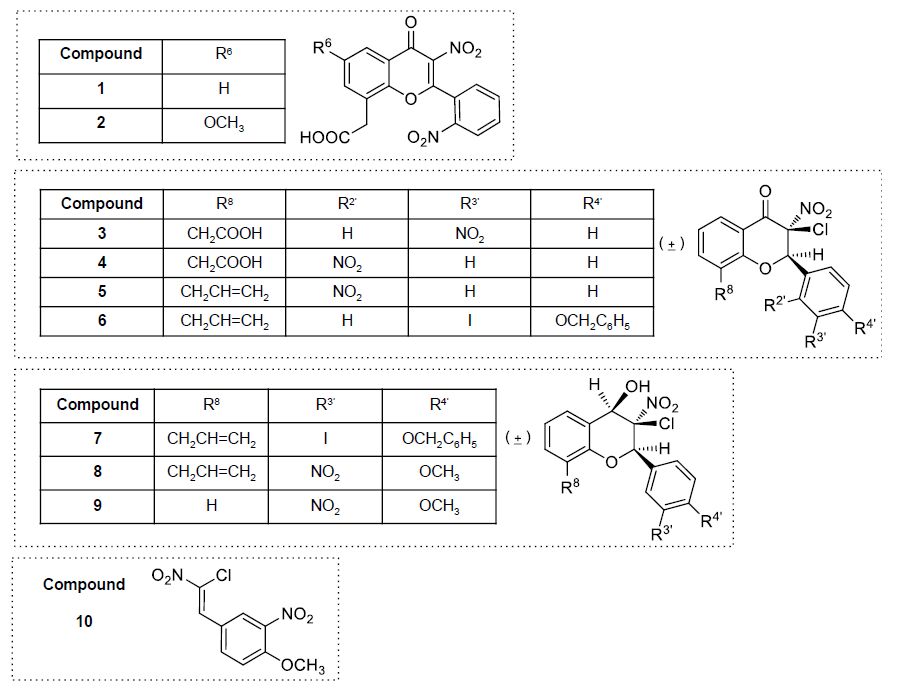
 DownLoad:
DownLoad: 